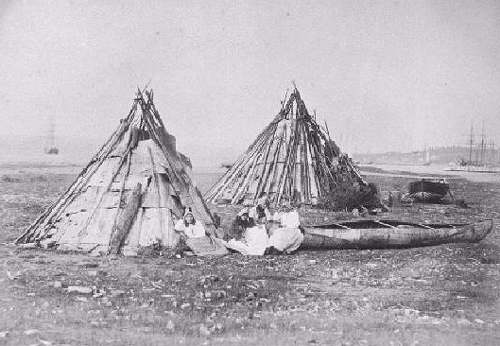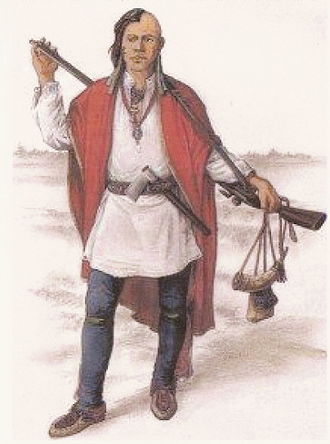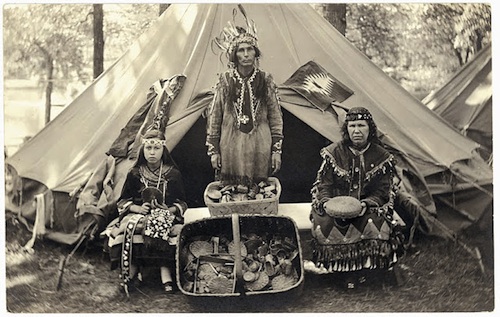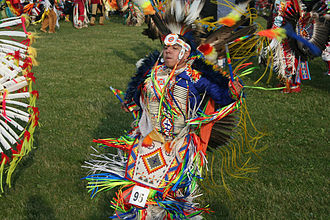
Wabanaki is roughly translated at “People of the First Light” and the

Wabanaki Confederacy is a Native American confederation of five nations: the Mi’kmaq, Maliseet, Passamaquoddy, Abenaki and Penobscot. The Wabanaki peoples are located in Maine, Nova Scotia, and New Brunswick, and parts of New Hampshire, Vermont, Massachusetts and Quebec. (Note: I spell Mi’kmaq as Micmac, both here and in the Rhe Brewster Mystery series. It’s because I found Mi’kmaq too difficult to type in a hurry!)
This confederacy united five of the Algonquian language-speaking

Peoples and beginning in 1688, members of the Wabanaki Confederacy participated in six major wars on the side of the French. before the British defeated the French in North America. During this period, their population was radically decimated by the decades of warfare, famines and devastating epidemics.
The Confederacy also played a key role in the American Revolution, as a result of the Treaty of Watertown signed in 1776. This treaty established a military alliance between the United States and the Micmac and Passamaquoddy nations, and warriors of both nations fought in the Revolution. Wabanaki soldiers from Canada are still permitted, due to this treaty, to join the US military, and have done so during the Afghanistan and Iraq Wars.

The Wabanaki Confederacy was forcibly disbanded in 1862, but in 1993 the confederacy meetings were revived and the first reconstituted confederacy conference was hosted by the Penobscots; the sacred Council fire was lit again, and embers from the fire have been kept burning continually since then.

The Micmac (Mi’kmaq, L’nu, Mikmaw), who play a role in the second and third of the Rhe Brewster Mysteries, today live in Newfoundland and the northeastern region of Maine. The nation has a population of about 40,000, of whom nearly 11,000 speak their language. The name “Micmac” was first recorded in a memoir by Charles de La Chesnaye (1632 -1702), a French businessman active in Canada
Before the English and French came to their part of North American, the Mi’kmaq lived a life of seasonal movement between dispersed interior winter camps and larger coastal communities during the summer. They harvested fish during spawning runs of smelt and herring in the spring, collected waterfowl eggs, and hunted geese. The coast offered abundant cod and shellfish, and ocean breeze brought relief from the biting black flies and mosquitoes (I can attest they are as large as birds!). In September they harvested American eels, then returned to their winter camps to hunt moose and caribou. Moose were the most important animal hunted by the Micmac and they used every part of the body: meat for food, skin for clothing, tendons and sinew for cordage, bones for carving and tools. The weapon they used most for hunting was the bow and arrow.
In the 16th century, early European fishing camps for catching and dry-curing cod for shipment traded with Micmac fisherman and expanded the trade to include into furs. This led to fewer coastal camps of Micmacs, instead gathering them into centers of trade.

I had a wonderful lunch with John Denis, a Micmac elder, in Caribou, Maine, last February. During the course of our conversation, I asked him a great deal about what had happened to the Micmac during the settlement of America by Europeans. When I mentioned I had read quite a bit about the effects of this settlement on Native Americans, he said, “Then you do not know the real truth of it because everything you read is written by white people.”

![]()

As always, truly interesting Noelle.
xxx Huge Hugs xxx
I enjoyed writing this!
So true, for all of history. Someone once said that history is written by the ‘winners’ so it’s obviously biased. This also occurs in literature. Those who actually got/get their books published were/are? Mainstream. That’s why it’s so important to read between the lines. Interesting and informative post:)
Thanks. Luccia!
I love reading about the histories of native peoples.
So I know you like Zoe Saadia’s books!
Will tomorrow’s “X” post be a challenge?
I cheated! You’ll have to wait and see!
Thanks for sharing this. We were taught nothing about Native Americans in school when I was a kid, and the atrocities meant to wipe out their rich cultures continued well into my lifetime (some would argue that those efforts continue today). It’s the American Holocaust that America has yet to own.
Yes, it is a shame, but it also has to be understood in the context of the time. Today, we should be committed to preserving their cultures.
I only knew about the Native Americans in the area where I grew up from Pilgrim history.
Me too – pilgrim history. Pretty white-washed (pardon the pun).
The Elder has a point.
A HUGE point!
Loved this post, Noelle! I know nothing about the native Americans, other than that archaeology is discovering a lot of interesting stuff about past civilisations there, just now. I sympathise with your friend’s words… unfortunately, this is always the way; the victor spreads propoganda about the vanquished , which in time becomes history and accepted as truth. I see this happen a lot in my area of interest, as you know…
Absolutely! Their civilizations were far more advanced than a lot of history books described.
have you ever been to Capbreton, France – dans la région d’Aquitaine – important harbor of the French Atlantic coast?… 🙂
Unfortunately, no. Our only trip to France was to Paris, where my husband was hit by a car and ended up in the hospital!
deeply sorry to hear about your hubby… I do hope he’s been fine and healthy ever since. My very best and heartfelt wishes, Mélanie
It was a long time ago, but it left him with foot drop and a back that’s needed two operations. I would like to go back to Paris, but he says no! I might be able to lure him to the Dordogne region, which I’ve always wanted to visit.
Another grand post with information that falls into the category of, “Who Knew?”
I’ll probably do more posts on the Wabanaki.
Hi Noelle,
That was so funny yesterday how I felt I was following you around the Blogosphere. Thank you so much for following my blog. I am so glad!
I noticed your post is about history. Are you aware I teach history? Thank you again.
Janice
Yup, we were paralleling! I write about history when the mood strikes me, largely about Plymouth, MA, where I grew up. I’m thinking about writing a historical novel based on the life of a woman who came over on the Mayflower. We’ll see if I can transition from murder mysteries!
Great post, Noelle. Your quote from John Denis leaves me wanting to know more.
John was a delightful interviewee. I have made him a character in my third book.
Pingback: Acadia National Park Camping | Survival Life National Park Series | Survival Life
Pingback: Acadia National Park Camping | Survival Life National Park Series | Marlon Karda
Pingback: Acadia National Park Camping | Survival Life National Park Series | Family Survival Headlines
Pingback: Acadia National Park Camping | Survival Life National Park Series | I Am Getting Prepared
Pingback: » Acadia National Park Camping | Survival Life National Park Series